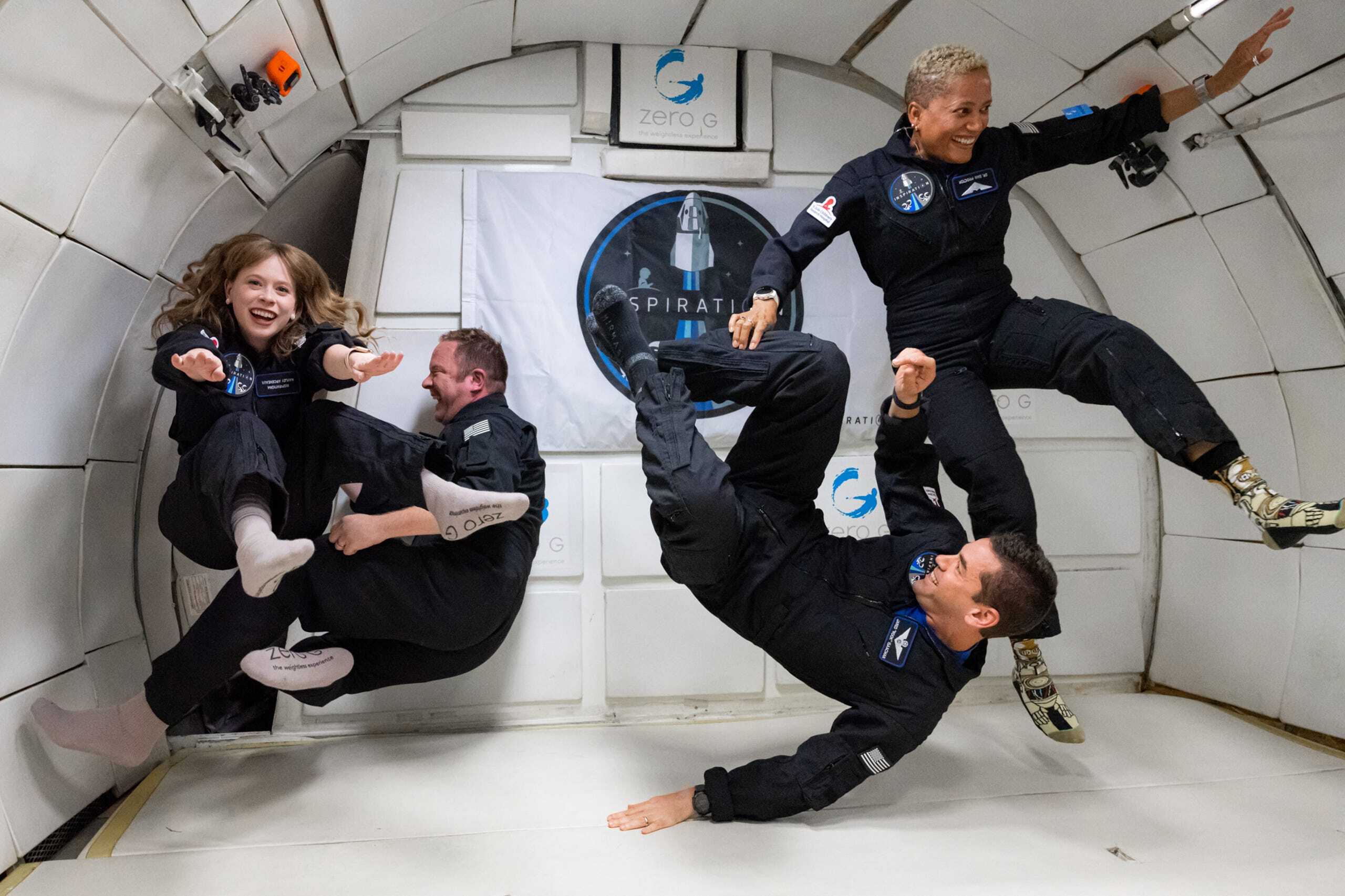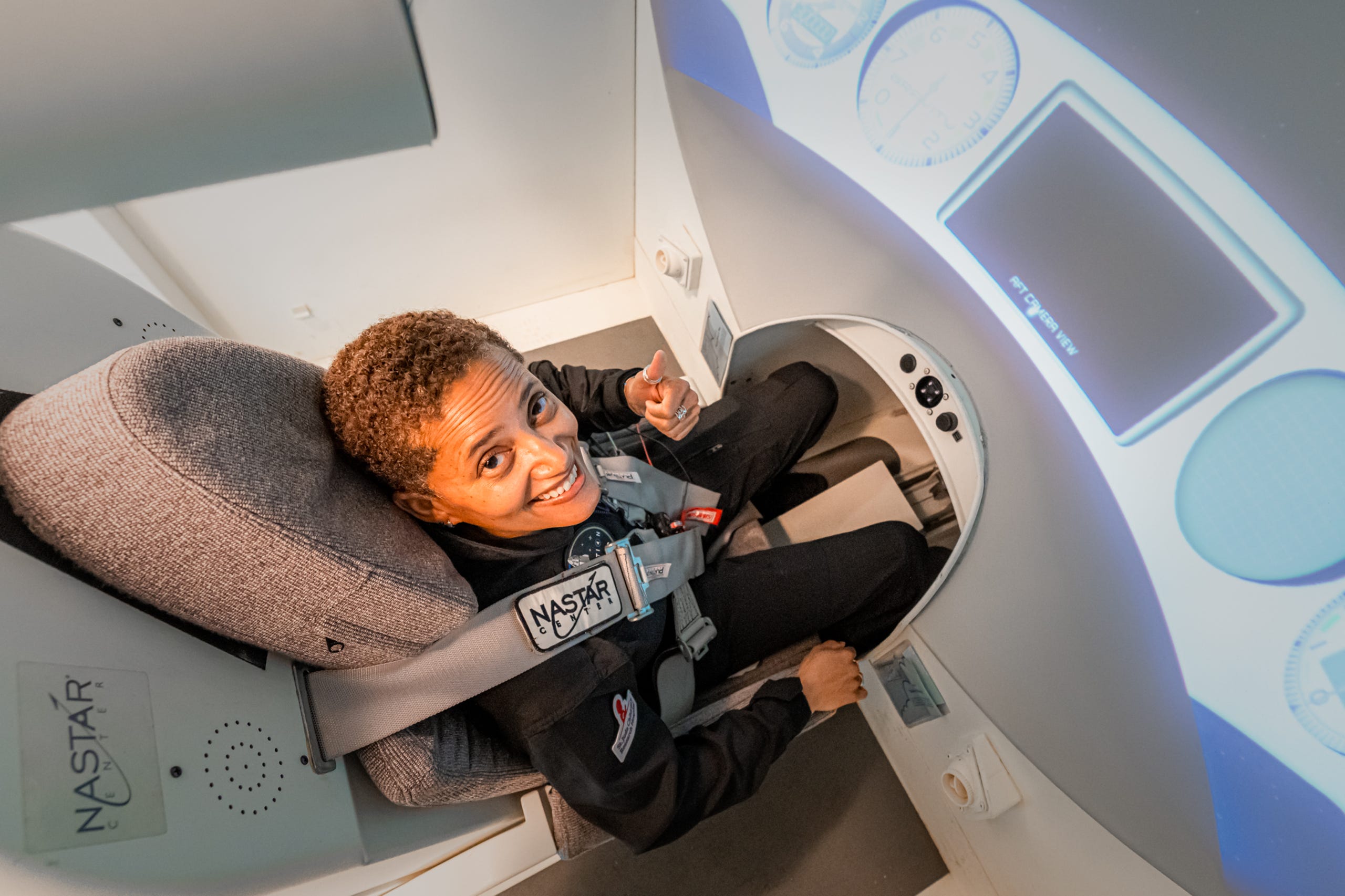7.03.2022

For half a century there was only one way to fly to space: Be one of the few lucky individuals chosen by national space programs like NASA or Russia's Roscosmos.
Being chosen to be an astronaut or cosmonaut meant facing years of training before even being considered for a flight on a space shuttle or Soyuz rocket.
But with space tourism becoming a reality, hundreds, if not thousands, of would-be "astronauts" will need to be trained for spaceflight over the next few years.
But where exactly does one go to get astronaut training?
It could very well end up being a $270 million facility just outside Kennedy Space Center.
Space Florida, the state agency charged with promoting the space industry in Florida, has been working with a company to build a "human spaceflight service center" near Kennedy Space Center. As is typical with these deals, Space Florida isn't naming the company planning the facility, which the agency has dubbed "Project Beach House."
At a board meeting last month, Space Florida CEO Frank DiBello said Project Beach House would be a private astronaut training facility. Space Florida documents indicate that the facility would employ at least 200 people with an average annual wage of $50,000 by 2025.
Space Perspective coming to Space Coast: Space tourism company Space Perspective to bring 240 jobs, and factory to Titusville
SpaceX has already launched four private astronauts from Kennedy Space Center on the Inpsiration4 mission. Blue Origin has launched 14 space tourists, including company CEO Jeff Bezos, on three separate missions from West Texas.
Last July, Virgin Galactic made it first flight to space with passengers from New Mexico. On board were two Virgin Galactic pilots, company founder Richard Branson and three other Virgin Galactic employees.
Of course, the company that pioneered space tourism is Space Adventures, a Virginia company that partnered with Russia's Roscosmos to fly paying customers to the International Space Station aboard Souyz rockets beginning in 2001. Space Adventures arranged trips to the ISS for six people, including one, Charles Simonyi, who made two trips.
A new company, Space Perspectives, plans to use balloons to lift passengers to the edge of space in a pressurized gondola from Brevard County.
How much training do you need to visit space?
So, how much training does one need to fly into space? That depends.
For folks taking quick suborbital hops like those being offered by Blue Origin, minimal training is needed since the flights last less than an hour and are fully automated.
Longer flights will require additional training, if for no other reason than to learn to use special toilets that work in low-gravity environments.
Jared Isaacman, the billionaire behind last year's Inspiration4 private space mission with SpaceX, famously tried to replicate much of NASA's astronaut training. He and his crewmates were whirled on a centrifuge, learned to recognize the signs of low oxygen in an altitude chamber and climbed Mt. Rainier together as a team-building exercise over several months of training.
Not every future private astronaut is going to get that level of training.
"With the number of people that are projected to go into space, the commercial industry doesn't have the luxury of time, to be able to invest two years into training these people," said Glenn King, director of advanced pilot & space training at the National Aerospace Training and Research (NASTAR) Center in Southampton, Pennsylvania. "The commercial space industry needs to get training down to a matter of weeks, and possibly days to get these people into space."
Some of the training private astronauts need will be specific to the vehicle they will fly in. Other training will involve whatever science or research, if any, they astronauts will be performing.
But some of the training will need to focus on preparing would-be astronauts for the rigors of space travel.
What does the future of space tourism, travel look like?
Some space enthusiasts foresee a future where space travel is as common as air travel is today.
But unlike air travel, spaceflight submits passengers to experiences they likely haven't been through before such a high Gs during launches that can feel like a heavy weight pushing down on their chests and weightlessness while in orbit. Even professional astronauts have struggled with "space adaption syndrome," a kind of motion sickness induced by weightlessness.
That's where companies like NASTAR step in. The company has helped trained astronauts for Virgin Galactic, SpaceX and Axiom Space.
Among the tools it uses is a state-of-the-art centrifuge that can mimic the flight profile's of various spacecraft. It also has an altitude chamber that can mimic rapid cabin decompression, gyroscopic chambers to mimic the spatial disorientation of space flight, and a disaster simulator that allows participants to train to react to different disaster scenarios.
"You need very good equipment to provide authentic, and very realistic, space training," King said.

